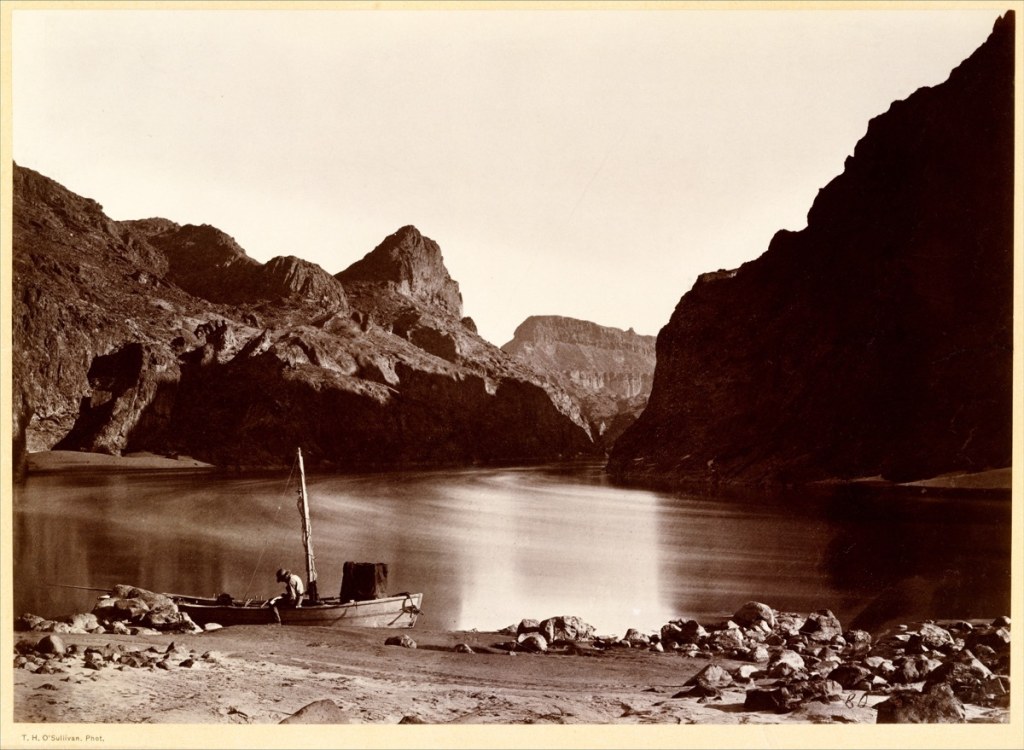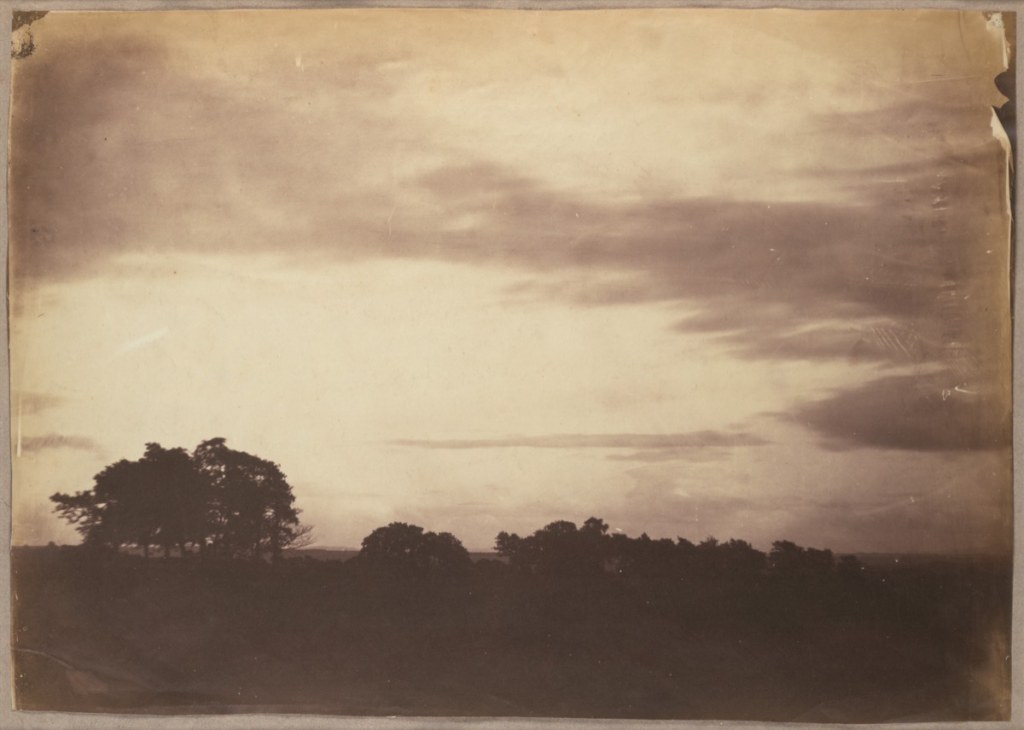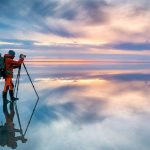Capturing The Majestic Beauty: Exploring Landscape Photography In The 1800s
Landscape Photography in the 1800s: Capturing the Beauty of Nature
Introduction
Hello Readers,
2 Picture Gallery: Capturing The Majestic Beauty: Exploring Landscape Photography In The 1800s


Welcome to a journey back in time to explore the captivating world of landscape photography in the 1800s. In this article, we will delve into the origins, techniques, and impact of this art form during that era. Join us as we uncover the beauty and significance of nature captured through the lens of early photographers.
What is Landscape Photography in the 1800s?

Image Source: slickpic.com
In the 1800s, landscape photography emerged as a prominent genre, focusing on capturing the beauty of natural scenery. Photographers sought to document and immortalize the awe-inspiring landscapes that surrounded them, showcasing the wonders of nature. From breathtaking mountain ranges to serene lakeshores, these images aimed to evoke a sense of wonder and appreciation for the world around us.
Who were the Pioneers of Landscape Photography in the 1800s?
The pioneers of landscape photography in the 1800s were visionaries who pushed the boundaries of the medium. William Henry Fox Talbot, Carleton Watkins, and Timothy O’Sullivan were among the trailblazers, using their ingenuity and technical skills to capture nature’s grandeur on film. Their photographs not only showcased their talent but also provided a valuable record of the landscapes that were rapidly changing due to industrialization and urbanization.
When Did Landscape Photography in the 1800s Flourish?
The 1800s witnessed a significant boom in landscape photography. As advancements in technology and the availability of portable equipment made it easier to venture into remote locations, photographers were able to capture previously inaccessible landscapes. The popularity of this art form grew steadily throughout the century, with exhibitions and publications showcasing the remarkable works of these early photographers.
Where Did Landscape Photography in the 1800s Take Place?

Image Source: slickpic.com
Landscape photography in the 1800s encompassed various regions across the globe. From the breathtaking landscapes of the American West captured by Ansel Adams to the picturesque scenes of the English countryside photographed by Thomas Gainsborough, photographers explored and immortalized the beauty of nature in different parts of the world. No matter the location, the aim was to capture the essence and uniqueness of each landscape.
Why Was Landscape Photography in the 1800s Important?
Landscape photography in the 1800s played a vital role in shaping our perception and understanding of nature. These photographs served as a medium to connect people with the environment, promoting conservation and appreciation for natural wonders. They also documented the changes brought about by industrialization, highlighting the importance of preserving untouched landscapes for future generations.
How was Landscape Photography in the 1800s Achieved?
Capturing landscape photography in the 1800s was a laborious and meticulous process. Photographers used large format cameras, often requiring assistants to help set up and transport the equipment. Techniques such as albumen printing and wet plate collodion were commonly employed, adding an artistic touch to the final prints. Patience and skill were essential, as exposures could take several minutes to capture the desired shot.
Advantages of Landscape Photography in the 1800s
1. Preservation of Natural Beauty: Landscape photography in the 1800s preserved the beauty of untouched landscapes for generations to come. These photographs served as a visual record of natural wonders that may have been altered or lost due to human activity.
2. Connection with Nature: The images captured by early photographers allowed viewers to connect with nature, even from the comfort of their homes. They served as a reminder of the vastness and splendor of the natural world.
3. Historical Documentation: Landscape photography in the 1800s provided a valuable historical record of the landscapes during that era. It allowed future generations to understand and appreciate the changes that occurred over time.
4. Inspiration for Artists: The stunning landscapes captured in these photographs served as inspiration for painters, poets, and other artists. They influenced the Romantic movement and provided new perspectives on the beauty of nature.
5. Environmental Conservation: By showcasing the beauty and importance of untouched landscapes, landscape photography in the 1800s played a role in raising awareness and promoting environmental conservation efforts.
Disadvantages of Landscape Photography in the 1800s
1. Technical Limitations: The equipment used in the 1800s had limitations in terms of portability and technical capabilities. Photographers had to overcome challenges such as long exposure times and heavy equipment.
2. Limited Accessibility: Due to the cumbersome nature of the equipment, photographers were often limited to easily accessible locations. Remote and challenging landscapes were harder to capture.
3. Lack of Color: The early landscape photographs were predominantly black and white, lacking the vibrant colors seen in nature. This limitation diminished the impact of certain scenes.
4. Cost and Availability: Landscape photography in the 1800s required expensive equipment and materials, making it inaccessible to many aspiring photographers. The process of developing and printing photographs was also time-consuming and costly.
5. Fragility of Prints: The prints produced in the 1800s were susceptible to damage and deterioration over time. Factors such as sunlight, moisture, and improper handling could cause irreversible damage to these precious images.
Frequently Asked Questions about Landscape Photography in the 1800s
1. Were landscape photographs in the 1800s taken in color?
No, most landscape photographs in the 1800s were captured in black and white due to the limitations of the technology at the time.
2. How did photographers preserve their images in the 1800s?
Photographers used various techniques such as albumen printing and wet plate collodion to create durable prints that could withstand the test of time.
3. Were landscape photographers in the 1800s recognized as artists?
While landscape photography was initially seen as a form of documentary record-keeping, many photographers in the 1800s were recognized and celebrated as artists for their exceptional compositions and technical mastery.
4. Did landscape photographers in the 1800s face any challenges?
Yes, landscape photographers in the 1800s faced numerous challenges, including the limitations of equipment, difficult terrain, and the need for extended exposure times.
5. How did landscape photography in the 1800s influence the future of the medium?
Landscape photography in the 1800s laid the foundation for the development of the genre, inspiring future generations of photographers to continue capturing the beauty of nature.
Conclusion
In conclusion, landscape photography in the 1800s played a crucial role in documenting and appreciating the beauty of nature. From the pioneers who braved the challenges of the era to the advancements that laid the groundwork for the future of the medium, the impact of landscape photography in the 1800s cannot be overstated. Let us continue to cherish and protect our natural landscapes, inspired by the remarkable images created by these early visionaries.
Final Remarks
Friends, as we conclude this article, let us remember the significance of landscape photography in the 1800s and beyond. The preservation and appreciation of our natural world are responsibilities we all share. May the captivating images captured during this era continue to inspire us to protect and celebrate the beauty of nature for generations to come.
This post topic: Hiking Trails



